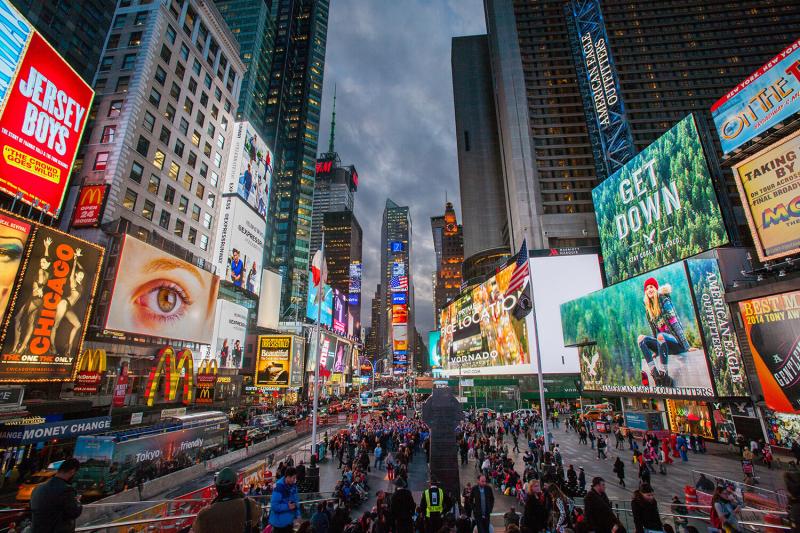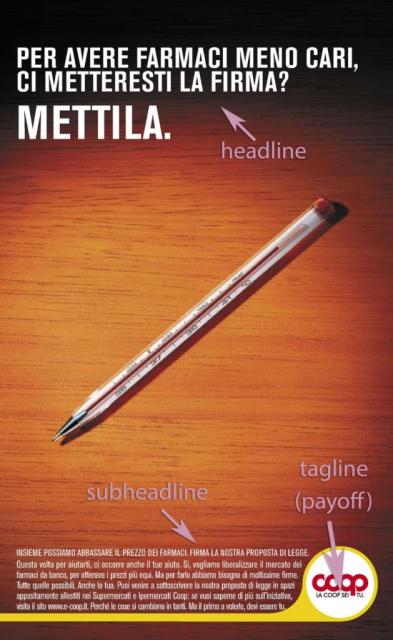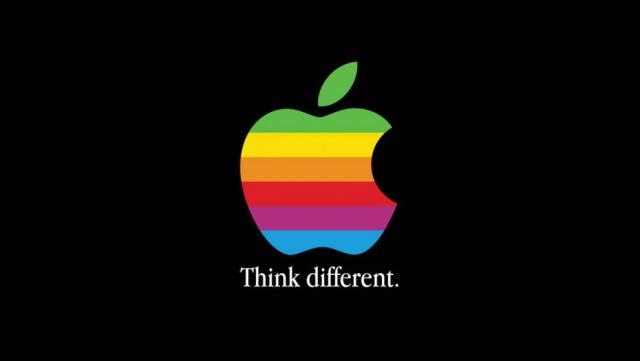Headline, tagline, payoff, claim. What are they and what are their functions

Talking to clients, I often realize that the differences between payoff, headline, tagline and claim are not always clear. In this article I would like to explain their functions and their particularities to understand when you need one and when you need the other.
An important premise. Over the years, the universe of business communication has seen the birth and sedimentation of various forms of short texts , which have gradually consolidated and have taken on well-defined forms to carry out precise tasks. Sometimes, however, misunderstandings are created even among professionals , because there is not always total consistency in the way of naming these types of text, between nation and nation.
In other cases, the advent of the digital revolution has contributed to generating further confusion, for example in the way in which the word headline is understood. Finally, it must be said that the common language is sometimes confused with the professional one and the misunderstandings still increase. As mentioned, in this article I will try to shed some light and offer the reader definitions that are as objective, clear and pragmatic as possible.

What is a headline?
The headline lives, in the context of contemporary communication, not a few identity crises. Today one cannot fail to recognize that in the world of professional communication there are several types of headlines , qualitatively different from each other. Let's look at the two main shapes closely.
1. Advertising Headline
It is perhaps the headline par excellence: the oldest, with the most certain identity. It is the title of an advertising campaign planned in the press or on posters. Unlike a newspaper headline or that of a book, it is traditionally written with a full stop . The reason behind this stylistic choice provides us with a valuable clue to understand the specificity of this type of short text. The advertising headline – unlike what is often believed in non-professional contexts – is not a headline in its own right, which "sounds good" or is particularly "catchy". Actually, it's not even a real title. Instead, it is a sentence, which is often incomplete, when not completely incomprehensible, if not read together with another sentence, which is completely visual: namely the image of the page or poster. It is precisely for this reason that, as we said, the advertising headline traditionally wants the period . It is not the title of a disc or a novel, but a sentence that is completed in combination with an image .
If I say “ There are ideas we would like to have copied.” , I didn't write anything understandable, nor catchy or musical. But I wrote the headline of an excellent Apple page , which can only be understood by looking at the image: an expanse of photovoltaic panels. Only by combining headline and image , the reader understands the irony: Apple's competitors perhaps do not boast the same commitment of the Cupertino brand in the use of renewable energies.
A clarification, to avoid misunderstandings: the headline works in the short term and changes from page to page, from poster to poster . Its main feature is its temporariness, in fact it is often linked to an advertising campaign. It is not the phrase that binds to the brand, but simply the title of this or that message. Thus, a brand like Nike, for example, may have “Just do it.” as institutional copy (we will soon learn to call it tagline) while creating very different headlines from ad to ad such as: “Michael Jordan 1 – Isaac Newton 0” or “It's only a crazy dream until you do it.”
The headline can be:
- specific for the target: identifies and focuses on the target that uses the product.
- Specific about the benefit: Identify what people get from using that product and declare it.
- Mood specific: based on the desired feelings and emotions achievable with the use of the product.
- Specific to the product or a product category: identifies a product (or a product category) and highlights it.
- A use case: Show customers how they can use the product.
The headlines are short: in a nutshell they are able to strengthen the presence of the brand in the mind of the public. They use emotion to capture the benefits of what a product or service can offer, and creativity and persuasive writing to connect with customers. They have the ability to make people feel in a certain mood which becomes a desirable state for the reader.

2. Headline for Digital Content
Actually this category would open up a large panel of subcategories. But for the purposes of this brief exposition between the terms, it is sufficient to know that all the multiple forms of headline for digital content differ qualitatively from the advertising headline for an obvious reason: they should not be read as referring dialectically to an image . Sure, in the header of a LinkedIN article, for example, there can be an image. But we will not find the same headline-image link that is found in advertising campaigns. The relationship is more similar to what has always been found in journalistic information in the titles of an article.
The title is sufficient in itself and, when written at its best, it makes you want to read the article, the newsletter or the content of a post distributed on Facebook. In this case, the image mainly serves to attract the eye and sometimes to support what the headline and body text indicate. This type of headline, which can also include all the titles of this same article, does not require a final period.
Subheadline (or subhead). A bridge to bodycopy
The subtitle may or may not be present on a press page, or on a billboard. When there is , it has a linking function between the promise highlighted in the creative part of the message and the more rational and explanatory part. We can consider it the introductory title of the bodycopy.
Taglines and Payoffs. A freeze-dried universe in three words

The word payoff is widespread in Italy, but less used in Anglo-Saxon countries, where the word tagline tends to be preferred. What is it about? Of a very different text from the headline, which performs an institutional and broader task: it is the phrase that positions the brand on the market and which, combined with the brand, becomes a precious foundation for characterizing the corporate identity . It has the task of communicating their personality, style, tone of voice, values. All this, in very few words. Some taglines last for decades and contribute greatly to a brand's memorability.
The Payoff or Tagline is intended to convey the promise of the brand: this is why it always goes together with the name or logo. It gives depth, detail and three-dimensionality to the identity (name+logo+payoff).
A payoff is:
- Characterizing: highlights the promise of the brand.
- Identity: position the brand on an important aspect of identity.
- Imperative: often includes a verb or requires an action from the reader.
- Provocative: asks an important question, makes you think, asks you to take sides in some way.
While the headline is a short-term solution introduced with a specific focus on the product, the payoffs last longer, if all goes well, follow the entire life of a brand. With a payoff you can strengthen the core values of the brand and substantiate your identity.
Some examples:
Nike. Just do it.
Apple. Think different.
Volkswagen. The car.
McDonald's. I'm loving it.
If the headline relates to the visual of the single campaign, the payoff (or tagline) is closely related to the company's naming and can be applied to all ads and brand communication actions, even for many years. It is an invariable component that works over the long term
In summary what are the differences between a headline and a payoff?
What are
The payoff is a branding tool, it builds relationships and develops identity.
The headline is a marketing tool, it is used in advertising to get attention.
Duration
The payoffs are chosen to become the face of the brand for as long as possible. You may feel the need to change it over time but it is a delicate process, often included in a rebranding process.
The headline lasts the time of an advertising campaign (or in the case of the site, the texts of the site).
Function
The payoff is used to sell a brand.
The headline for selling a product.
Length
The payoff is very short. The headline is slightly longer.
Since the payoffs often go together with the name and logo, they need to be really short and fast. The headlines can be longer: as we have seen, the visual will take care of accompanying them with a wider scope.
Both are very resonant, relying on a choice of strategic words that are pleasant and musical.
Moment
The payoff is usually defined at the birth of a business to complete the branding part. The headline is created when there is a marketing campaign or texts that we want to open with style.
Who makes them
The payoff is studied by those who deal with corporate and verbal identity.
The headline from an advertising copywriter.
Claim. A campaign payoff
It is perhaps the most elusive and indefinable short text of all. Some professionals consider it a synonym of headline, while for others it is a text very close to the payoff (or tagline). Perhaps the simplest and clearest definition to refer to is this: the claim is the payoff of a multi-subject campaign. What does it actually mean?
In some cases, a brand may decide to create an advertising campaign made up of more than one subject. Each individual subject could have an ad hoc headline, while under the logo we would find the usual brand payoff that positions the brand. But to tie the single subjects together, sewing them together with a red thread, a short text can be used: it is precisely the claim, which explains the concept of the campaign and, like an umbrella, keeps the different creativity under it emanate from the same creative idea .
In a fun campaign for Cafi Aspirina, for example, we can see three different headlines. The short text that appears next to the branding reads: If it gets stronger, we get stronger . It is certainly not Bayer's institutional tagline, but a claim that explains the concept that the campaign for Cafi Aspirina intends to communicate, and which is the basis of the creative idea. By the way, Bayer's tagline is: Science for a better life . But by corporate choice it rarely appears in communication materials.



The slogan. Does it exist or does it not exist?
We close our exploratory journey in the glossary of short texts for communication with one of the most widespread terms, at least in countries like Italy. Slogan derives from the Gaelic "war cry". In common parlance it is used to indicate a memorable, catchy, musical motto, which can come from the world of advertising as well as from the political one. Non-experts often use the slogan in reference to payoffs, but sometimes also to claims or even headlines. Because of this anti-specificity, the word slogan is not particularly appreciated in professional contexts. Seldom in a multinational advertising agency will you hear a creative director say, Here's where we need to improve the tagline .
Curiously, we can observe in conclusion that the best-known term in advertising, at least in Italy, is the least specific and used by professionals, who certainly prefer to use the words described in this article to avoid misunderstandings as much as possible.
When you subscribe to the blog, we will send you an e-mail when there are new updates on the site so you wouldn't miss them.
By accepting you will be accessing a service provided by a third-party external to https://www.insightadv.it/


































































Comments